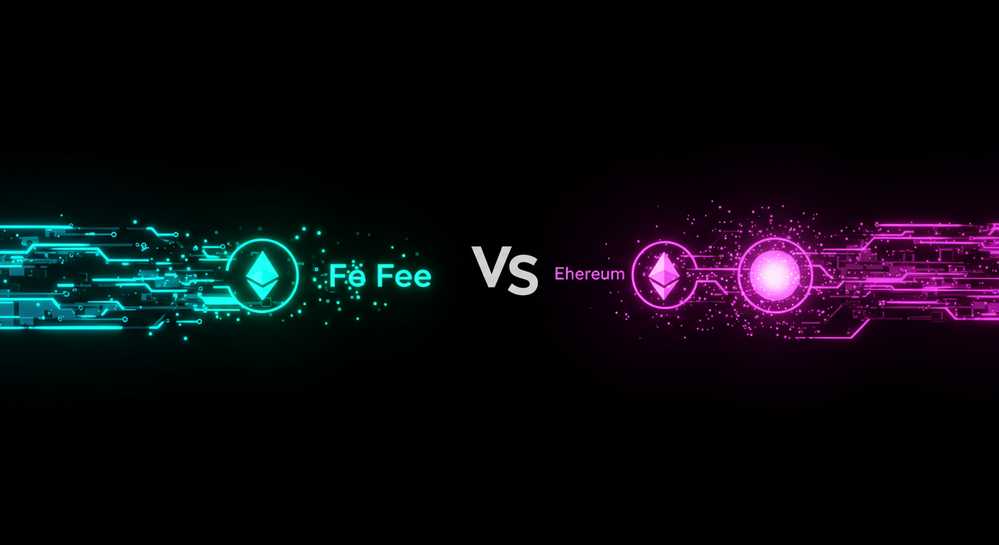
What is solana transaction fee and why is it so cheap
Solana has built a reputation for its lightning-fast speed and incredibly low costs, but how does it actually work? Understanding the what is solana transaction fee is the first step to appreciating why this blockchain is a favorite among developers and users for high-frequency applications. This guide breaks down its structure, the technology that makes it possible, and how it compares to its main competitors.
Contents
How does the solana transaction fee work

Understanding the components of a Solana fee
The Solana transaction fee is designed for simplicity and predictability, a stark contrast to the variable gas models on other networks. Instead of complex calculations, what is a Solana transaction fee comes down to two straightforward parts. This structure is key to its efficiency, allowing it to handle massive transaction volumes while keeping costs exceptionally low for users. Understanding these elements reveals why the network is so cost-effective.
- Base Fee: This is a fixed, deterministic cost calculated per signature required in a transaction. A simple SOL transfer needs only one signature, resulting in a minimal fee. This payment compensates validators for the computational resources used to process and secure the transaction on the blockchain.
- Priority Fee: This is an optional, additional fee users can include to have their transaction prioritized. During periods of high network congestion, adding a priority fee gives your transaction a competitive edge, increasing its chances of being processed faster by the block leader.
This dual-fee system creates a balanced and efficient marketplace. It guarantees a low-cost baseline for all users while providing a mechanism to manage network demand effectively. This efficiency is a key factor in broader crypto market analysis when comparing blockchain performance.
Why are solana transaction fees so low
Proof of History a decentralized clock
Solana’s remarkably low transaction fees are by design, stemming from its unique architecture. The core innovation is Proof of History (PoH), which functions as a decentralized clock. It creates a verifiable, chronological record of events before they are sent to validators. This pre-ordering of transactions drastically reduces the computational work needed to reach consensus. By minimizing communication overhead, PoH allows the network to process transactions faster and more cheaply.
High throughput and parallel processing
The network is built for massive scale, theoretically capable of handling over 65,000 transactions per second. This is achieved through Sealevel, a runtime that processes smart contracts in parallel. Unlike blockchains that handle transactions one by one, Solana executes thousands simultaneously. This high capacity ensures block space is almost never scarce. With less competition for inclusion, the base fee remains consistently low, even during periods of high demand.
Optimized network protocols
Solana also employs highly efficient network protocols to maintain low costs. Its Turbine protocol breaks transaction data into smaller, more manageable packets. These packets are then distributed across the network efficiently, reducing the data load on any single validator. This streamlined data propagation speeds up confirmation times and further contributes to the network’s ability to handle a high volume of transactions at a minimal cost for users. This efficiency is a key part of many top crypto investment strategies.
Solana fees vs ethereum fees a clear comparison

When evaluating blockchains, transaction fees are a critical factor. Solana was built to offer a high-performance alternative to networks like Ethereum, a difference clearly seen in their fee structures. This is not just a small variation; it reflects a fundamental divergence in architectural philosophy designed to solve scalability and cost issues for users and developers alike.
| Metric | Solana | Ethereum |
|---|---|---|
| Average Transaction Fee | Under $0.00025 | $1 to over $50 during congestion |
| Transaction Speed (TPS) | 65,000+ | Around 15-30 |
| Block Time | Approx. 400 milliseconds | Approx. 12 seconds |
| Core Technology | Proof of History and Proof of Stake | Proof of Stake with gas auction |
The data clearly shows Solanas advantage in both cost and speed. Ethereums auction-based gas model forces users to outbid each other during busy periods, causing fees to skyrocket. In contrast, Solanas high throughput ensures block space is rarely scarce. This architectural choice is why the Solana transaction fee remains predictably low, making it a powerful platform for high-frequency applications.
The evolution of solana fees priority fees and local markets

The Solana fee model has evolved to meet the challenges of massive network growth. While its initial ultra-low fee structure was a major draw, it also made the network vulnerable to spam and inefficient resource allocation during high-traffic events like popular NFT mints. To address this, Solana introduced more sophisticated mechanisms to manage demand intelligently without sacrificing its core low-cost advantage.
The introduction of priority fees
Priority fees were created to allow users to signal a transactions urgency. The base Solana transaction fee remains fixed and low, but users can now add an optional priority fee. This incentivizes validators to process their transaction ahead of others. It creates a market-driven system for ordering transactions based on economic value, ensuring time-sensitive operations can be confirmed quickly without raising costs for everyone else on the network.
Local fee markets for managing congestion
Local fee markets represent a more significant upgrade. Previously, a single popular application could cause congestion across the entire network. Now, fee pressure is isolated only to the specific smart contracts in high demand. This means a viral game or mint will not increase the transaction fees for a simple SOL transfer or a DeFi trade on another protocol. This elegant solution prevents network-wide fee spikes and ensures a smooth, predictable user experience.
Solana’s transaction fee model is a cornerstone of its design, enabling high-speed, scalable applications at a minimal cost. Its blend of a low base fee with optional priority fees and innovative local markets creates a resilient and efficient system. This structure ensures that whether you are a developer or a user, the network remains accessible and affordable, paving the way for mainstream adoption. For more insights into the crypto world, explore Ton Trading Bot.



